Weekly Recap: Tesla truck, Tarzan the robot, lucky BlackBerry, Tamagotchi is back and Futurecraft 4D
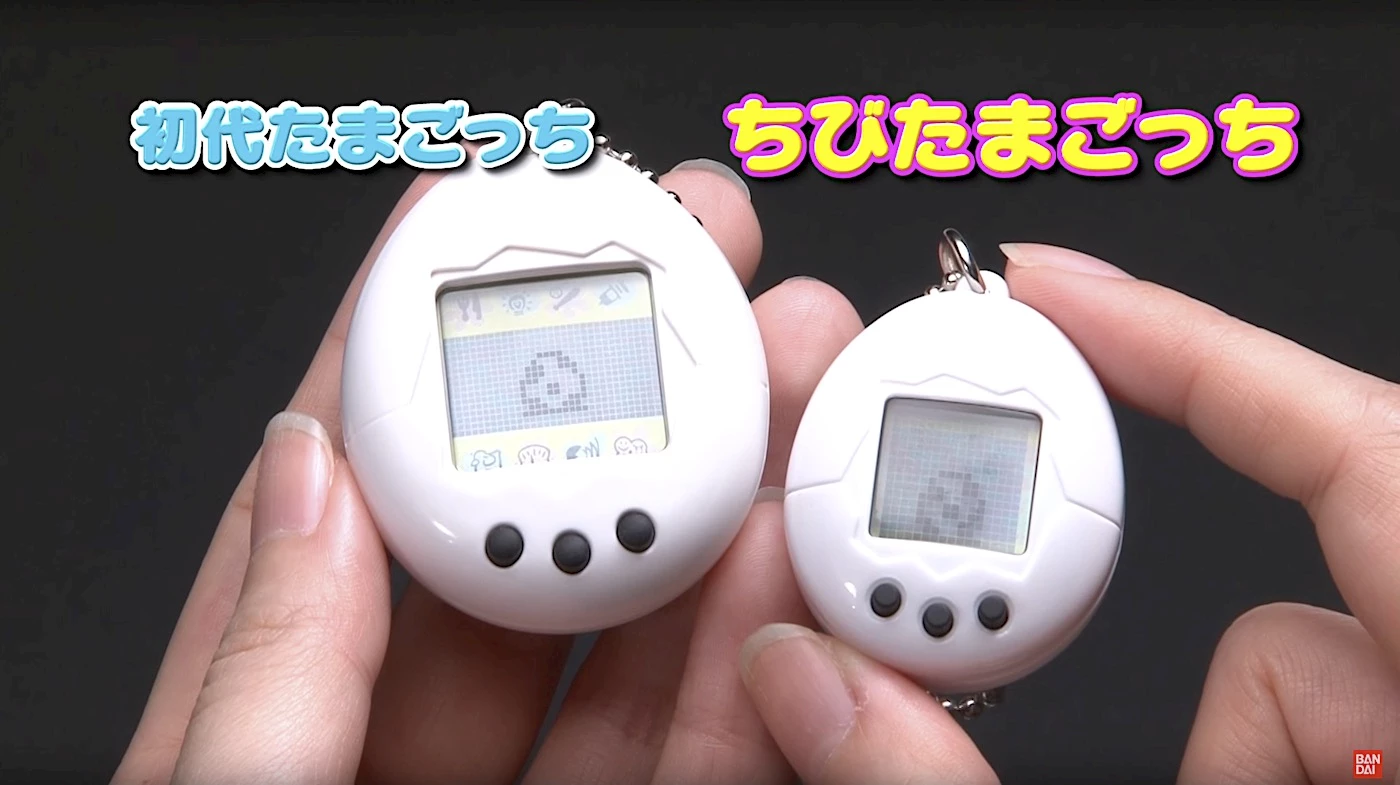
Tesla Truck
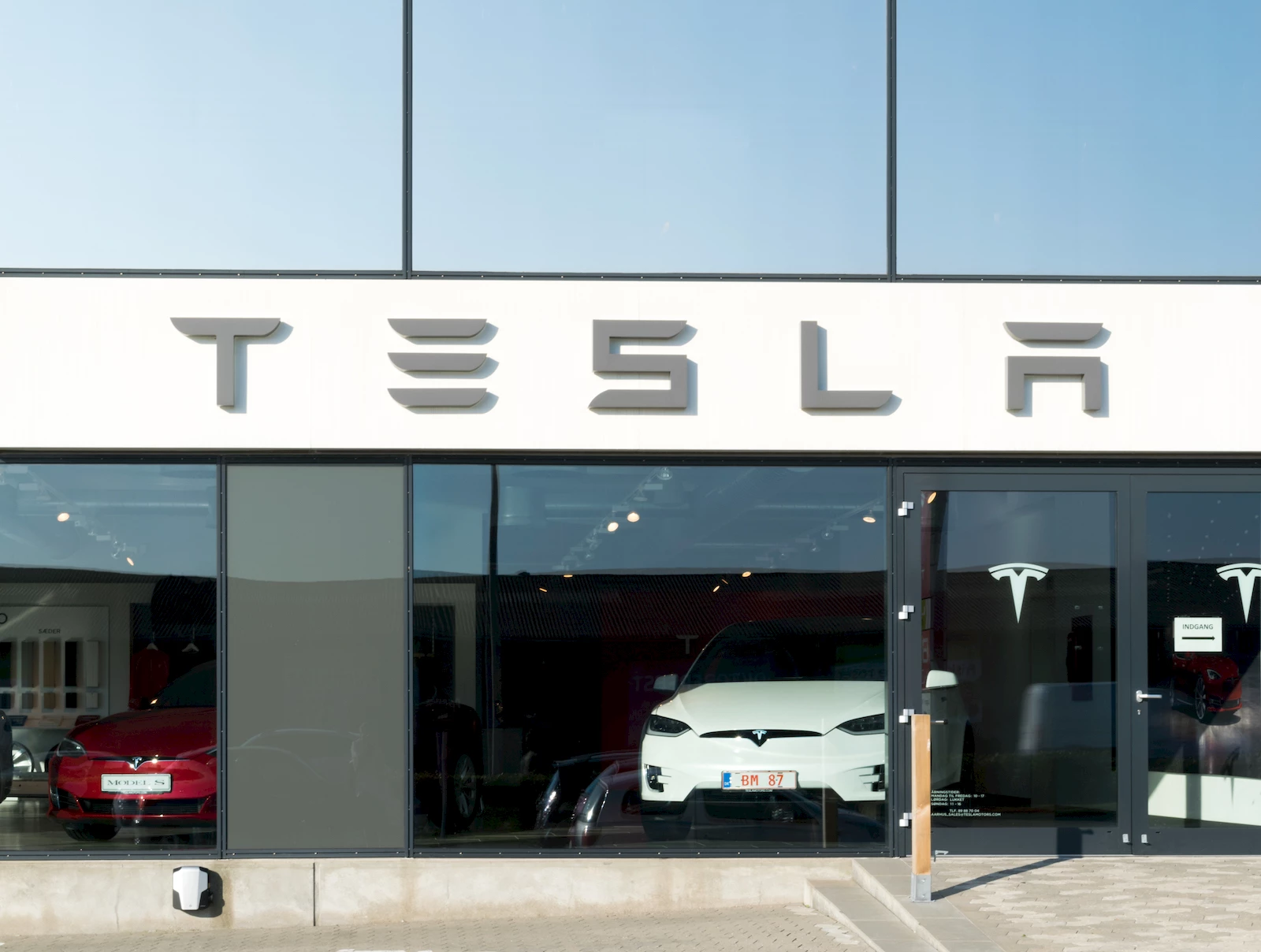
Tesla car dealer. © iStock/Getty.
Today, Tesla CEO Elon Musk announced on Twitter that the first Tesla electric truck was set to be unveiled next September, saying that “…the team has done an amazing job”. On Wall Street, Tesla shares jumped 3.5% in the wake of Musk’s tweets, hitting record highs after an overall 41% surge since the beginning of the year, briefly surpassing General Motors in overall market capitalization. Despite all this, Tesla still hasn’t shown any profits in its 14 years of existence. The coming truck will be called Tesla Semi; it is expected to revolutionalize the trucking industry, since the two main costs of long-distance road transportation are fuel, and the driver. There is currently no information available about the truck’s self-driving abilities.
⇨ Phys.org, “Tesla's Musk announces plans for semi-truck launch.”
Tarzan the Robot
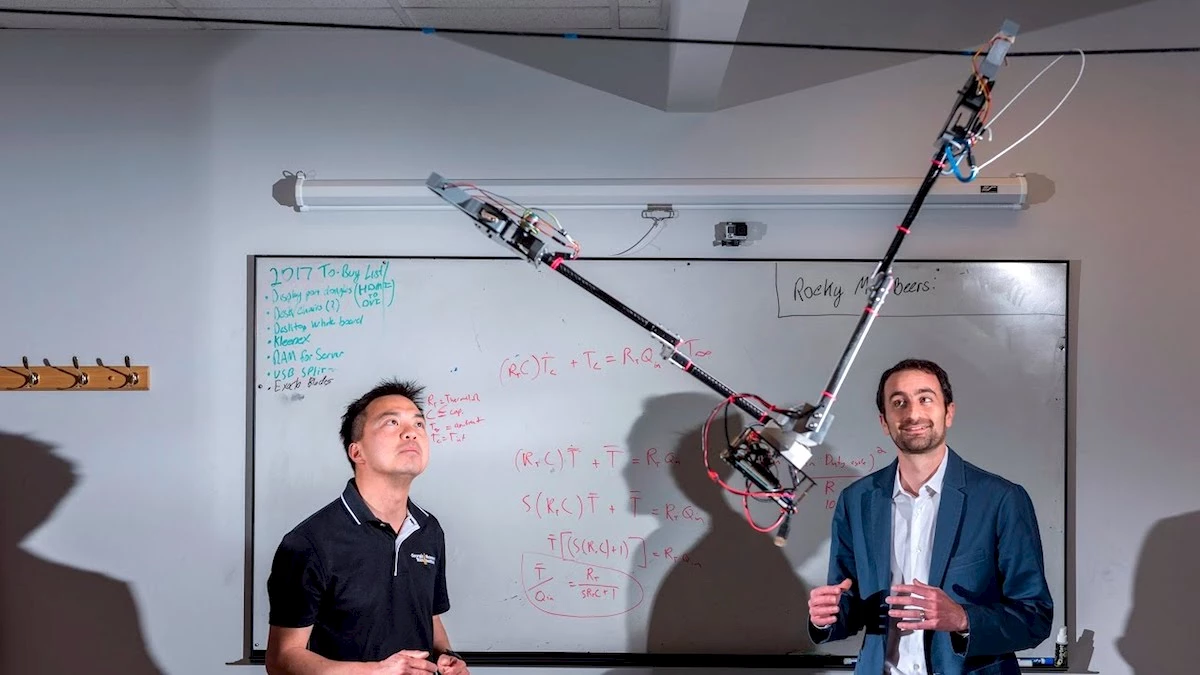
Tarzan the Robot. © Georgia Institute of Technology.
Some farmers already use drones to monitor their crops, but a team of researchers from Georgia Tech have created a far more interesting alternative. Instead of designing yet another drone, they created a robot inspired by the sloth. “Tarzan” will be able to swing over crops using claws and parallel guy-wires stretched over fields. It will then take measurements with built-in probes as well as pictures of each plant with its built-in camera. Team leader and Georgia Institute of Technology professor Jonathan Rogers said they're trying to design Tarzan to become very energy efficient, just like real sloths, in view of creating solar-powered versions one day. This summer, Tarzan is going to a soybean field in Athens, Georgia to take photos for another team of scientists studying different varieties of the plant.
⇨ Engadget, “Tarzan the swinging robot could be the future of farming.”
BlackBerry wins 815 million dollars
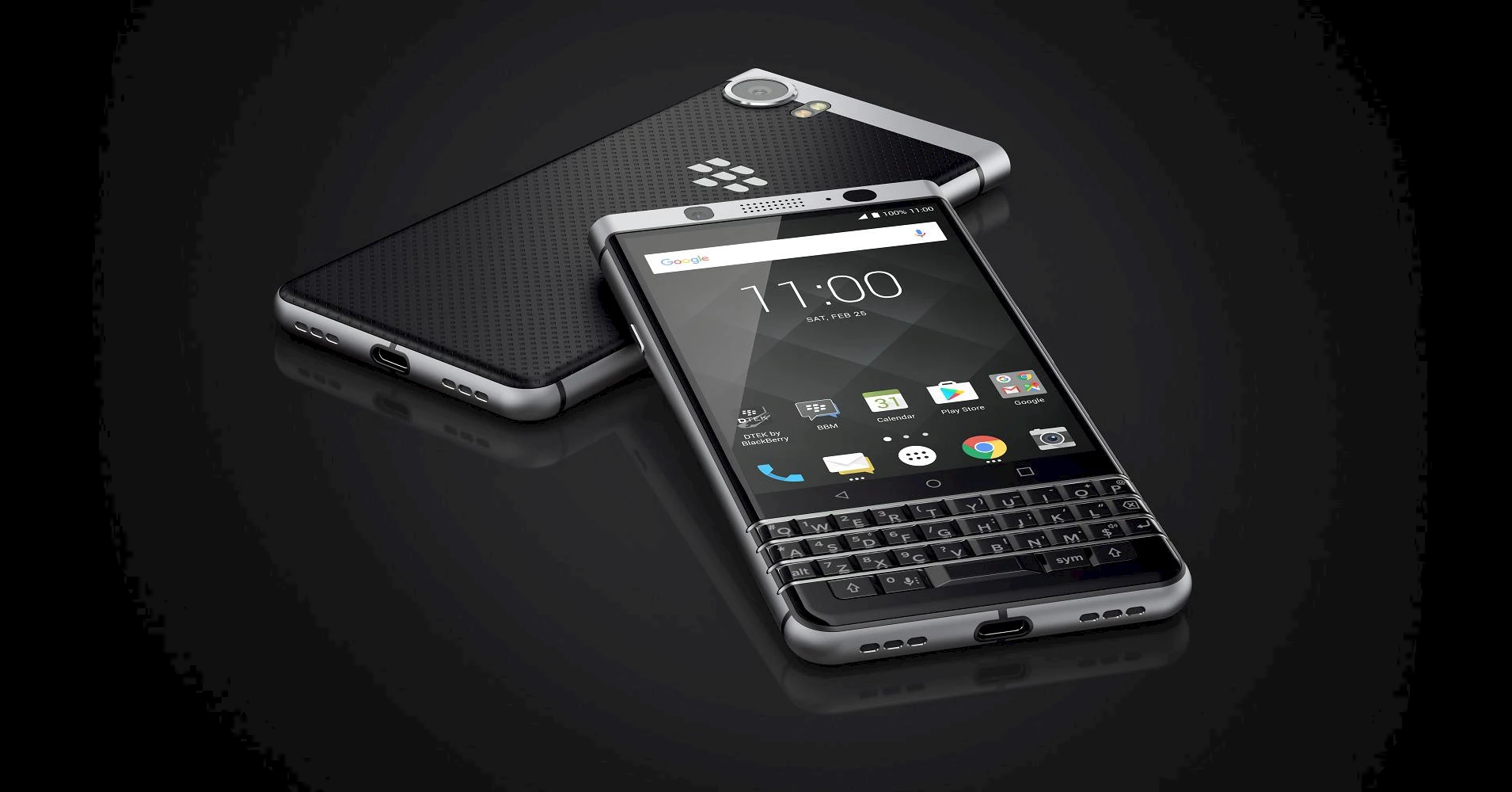
BlackBerry KEYone. © BlackBerry.
BlackBerry was awarded US$815 million (CA$1.08 billion) in the arbitration of a dispute with chipmaker Qualcomm, i.e. the amount Qualcomm supposedly overcollected on its patent royalties. As for all arbitration decisions, the award is unappealable. It’s a bad day for Qualcomm, who is being investigated by the Federal Trade Commission (FTC) for abusing its position as a dominant player and for anti-competitive practices. Last December, for the same reason, Qualcomm was forced to pay out US$853 million (CA$1.13 billion) by the South Korean fair trade commission. Further, last January, Apple filed a complaint against Qualcomm, claiming the company owed it one billion dollars for the same practice of overcollection. In response, Qualcomm countersued Apple, claiming, among other things, that it had restricted its chips on the iPhone 7, distorted facts and made false statements. Last year, Qualcomm’s revenues hit US$23.55 billion (CA$31.23 billion). After a drought of good news, BlackBerry’s stock surged by 18% on Wednesday.
⇨ Techcrunch, “BlackBerry’s stock had a great day after the company won a big dispute with Qualcomm.”
Tamagotchi is back
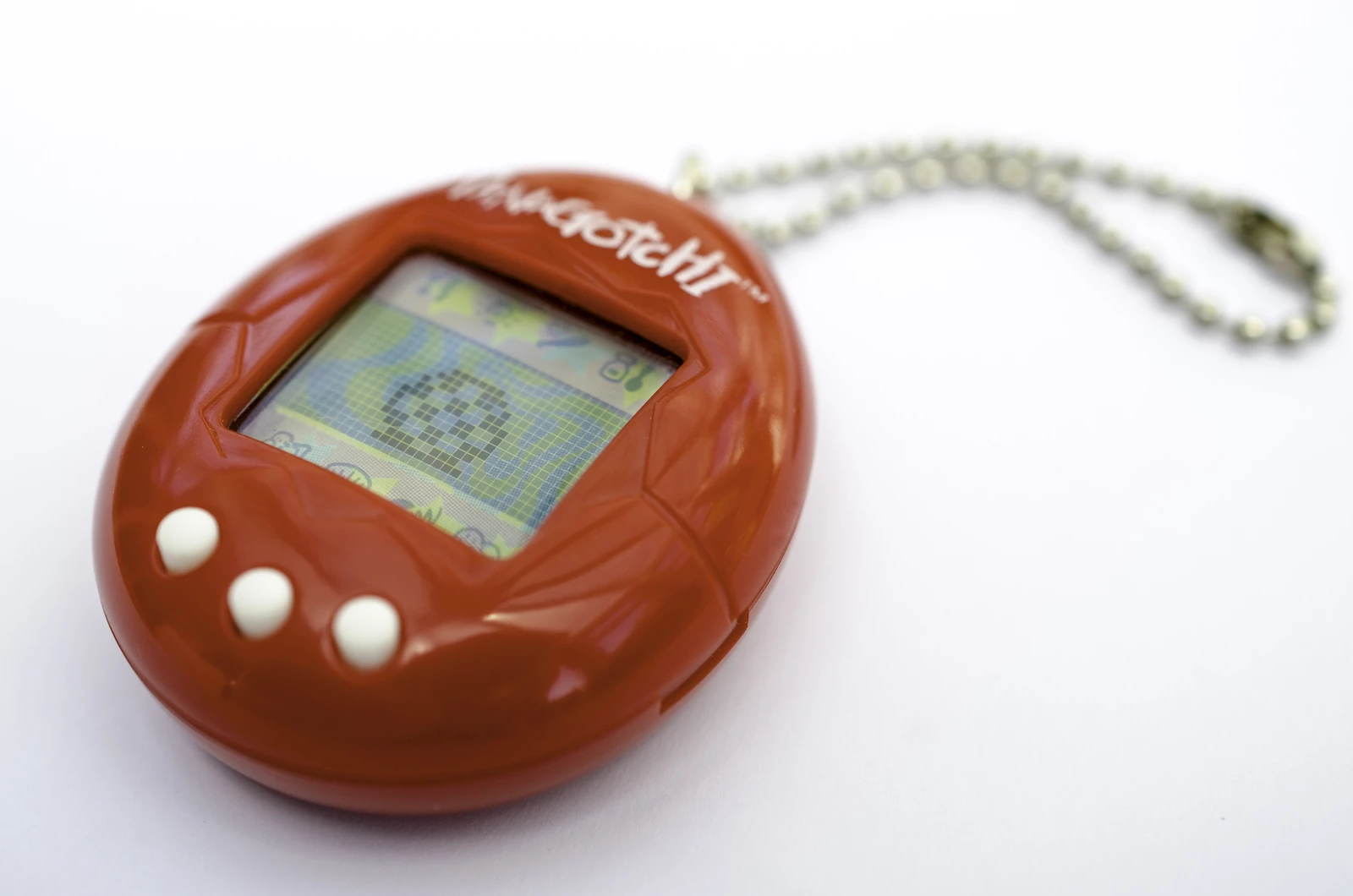
Bandai Tamagotchi. © iStock/Getty.
Japanese toy maker Bandai has re-released the first edition of the electronic pocket pet, complete with the original six characters. Bandai’s also stayed faithful to the six hardware designs it first released, though there is one noticeable difference—the new Tamagotchi is half the size of the original. The original Tamagotchis, which were launched in 1996 in Japan, quickly gained a cult-like following, and were released in the U.S. and Europe in 1997. The new Tamagotchi sells for 18.5 CAD (1,500 JPY) but is only available for now in stores in Japan and also on Amazon Japan.
⇨ Mashable, “Stop what you’re doing, the original Tamagotchi is back.”
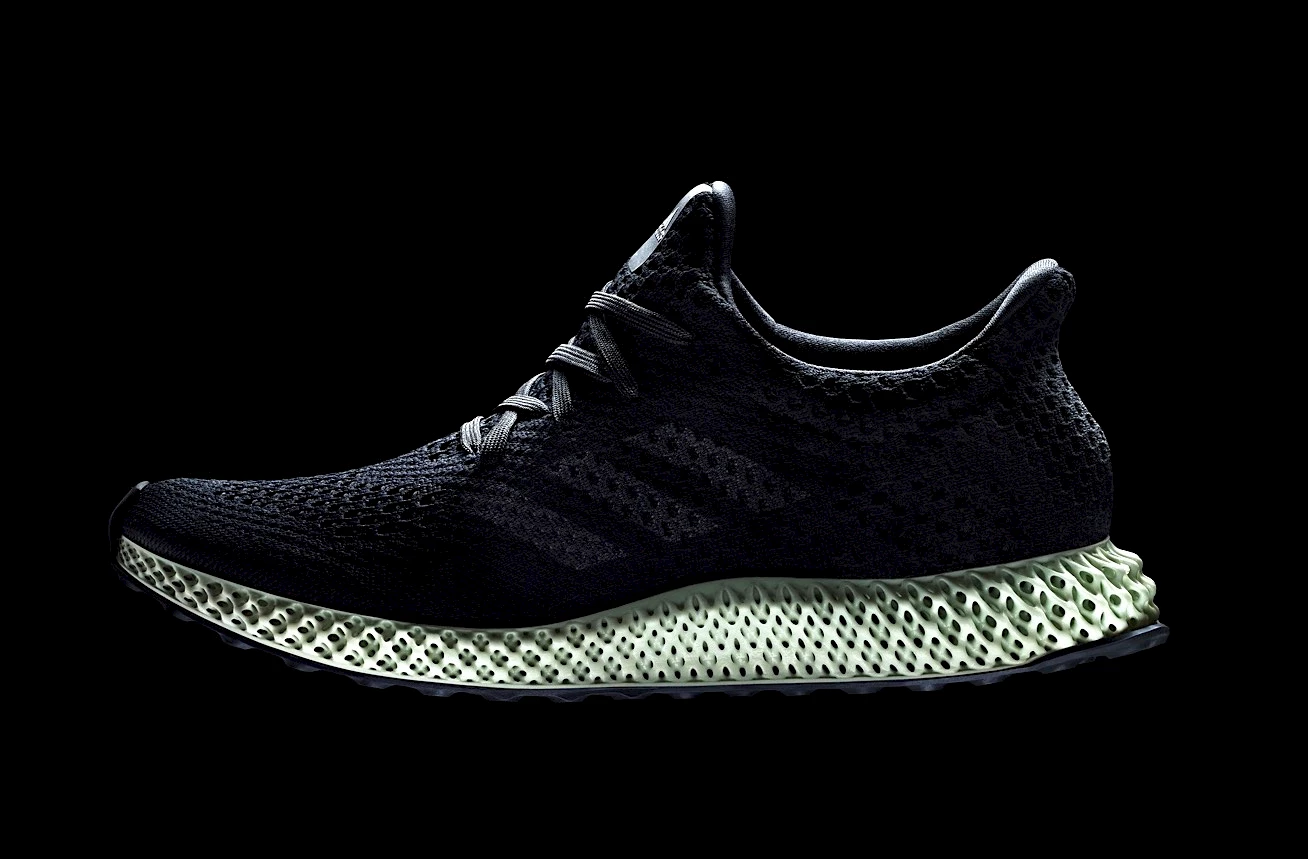
Futurecraft 4D. © Adidas AG.
German shoemaker Adidas will begin mass-producing a shoe with a 3D-printed sole. The process will allow for more personalized shoes, shaped to an individual’s weight and gait. Adidas is partnering with the 3D-printing startup Carbon to make the printed soles. Carbon has been financed by General Electric and Alphabet’s Google division, as well as big venture capital firms like Sequoia Capital. The shoe will be called “Futurecraft 4D.” Adidas hopes to sell 5,000 of them this year and as many as 100,000 next year. Carbon says it currently takes an hour and a half to print one of the soles, but it hopes to get that down to as little as 20 minutes per sole. If Adidas’ dream of selling a run of 100,000 Futurecraft shoes comes to fruition, it will be a major push of 3D-printing technology into the mass consumer market.
⇨ Ars Technica, “Adidas wants to sell 100,000 3-D printed sneakers.”
